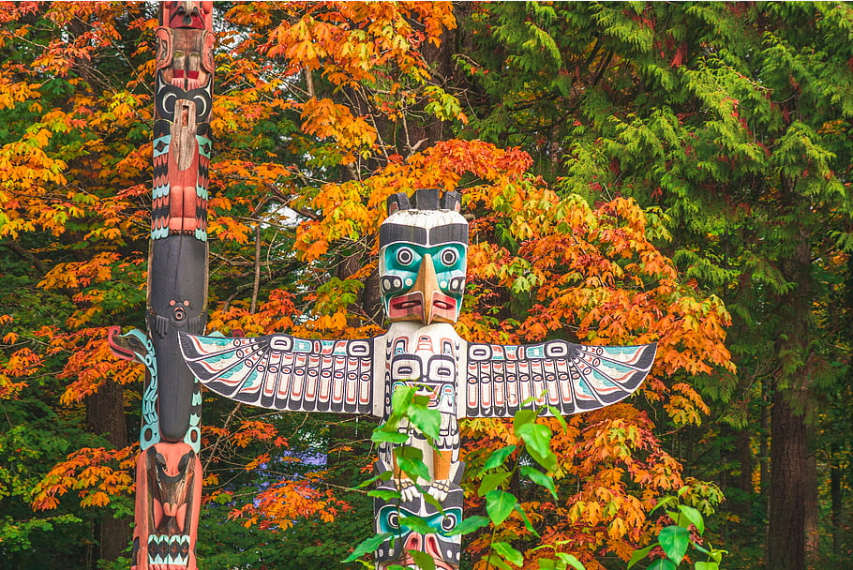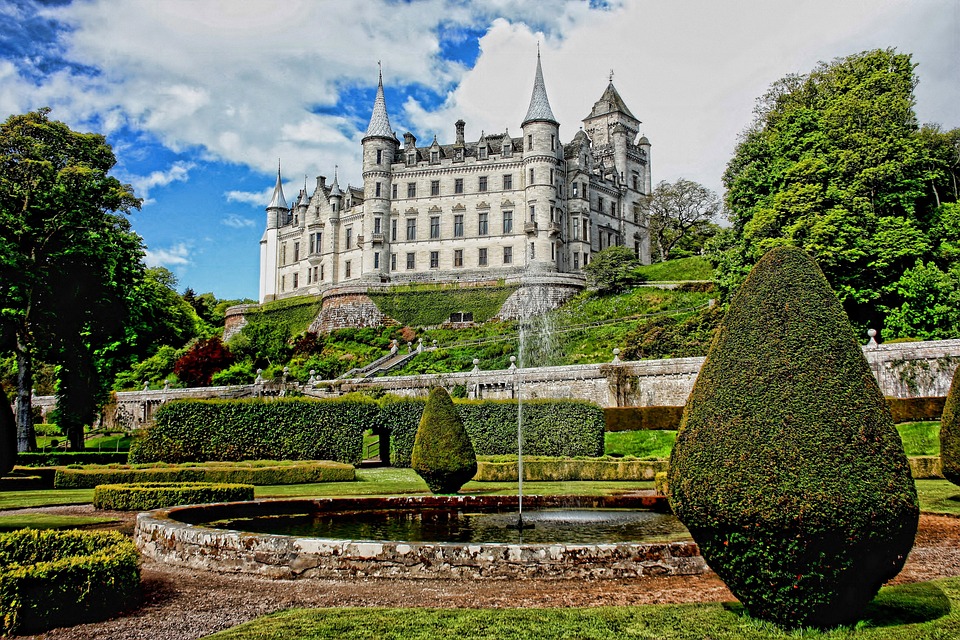Facts about Scotland is an intriguing issue for residents, students and visitors at home and abroad. Scotland is a country that is part of the United Kingdom. It contains nearly one-third of the United Kingdom’s land area, consisting of the northern part of the island of Great Britain and more than 790 adjacent islands, principally in the archipelagos of the Hebrides and the Northern Isles. The country has its own distinct legal system, education system and religious history, which have all contributed to the continuation of Scottish culture and national identity.
This blog selects and analyzes fun facts about Scotland detailedly serving as a comprehensive guide, helping you have a better command of Scotland. If you want choose Scotland as your tourist spot or educational destination, you ought to read this blog carefully.
Facts about Scotland: Fast Facts
- Official Name: Scotland, Alba
- Form of Government: constitutional monarchy
- Capital City: Edinburgh
- Largest City: Glasgow
- Population: around 5.2 million
- Monetary Unit: Pound sterling (GBP)
- Official Languages: English/Gaelic/Scots
- Area: 78,772 km² (30,414 sq mi)
- Major Mountain Ranges: Southern Uplands, Central Lowlands, Grampian Mountains, North West Highlands
- Major Rivers: Tay, Spey, Dee, Tweed, Clyde
- Scottish Flag:
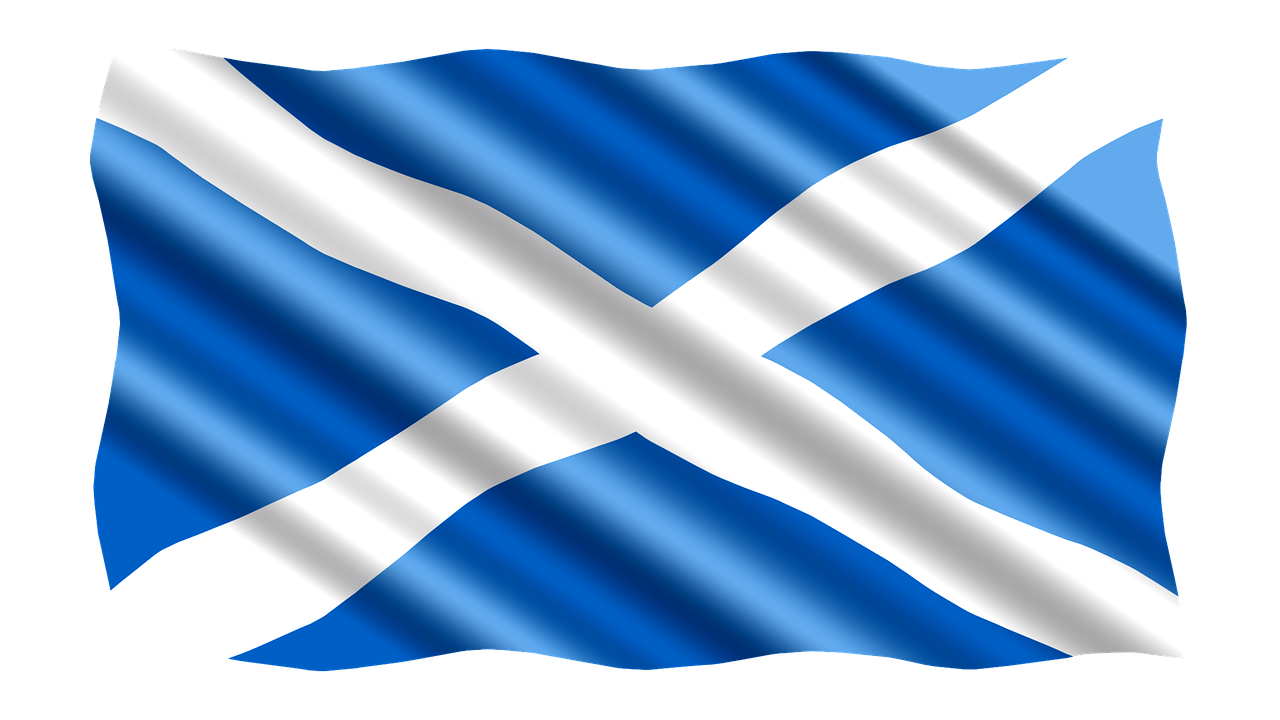
Facts about Scotland: Etymology
Scotland comes from Scoti, the Latin name for the Gaels. Philip Freeman has speculated on the likelihood of a group of raiders adopting a name from an Indo-European root, *skot, citing the parallel in Greek skotos (σκότος), meaning “darkness, gloom”. The Late Latin word Scotia (“land of the Gaels”) was initially used to refer to Ireland, and likewise in early Old English Scotland was used for Ireland. The use of the words Scots and Scotland to encompass all of what is now Scotland became common in the Late Middle Ages.
Facts about Scotland: History
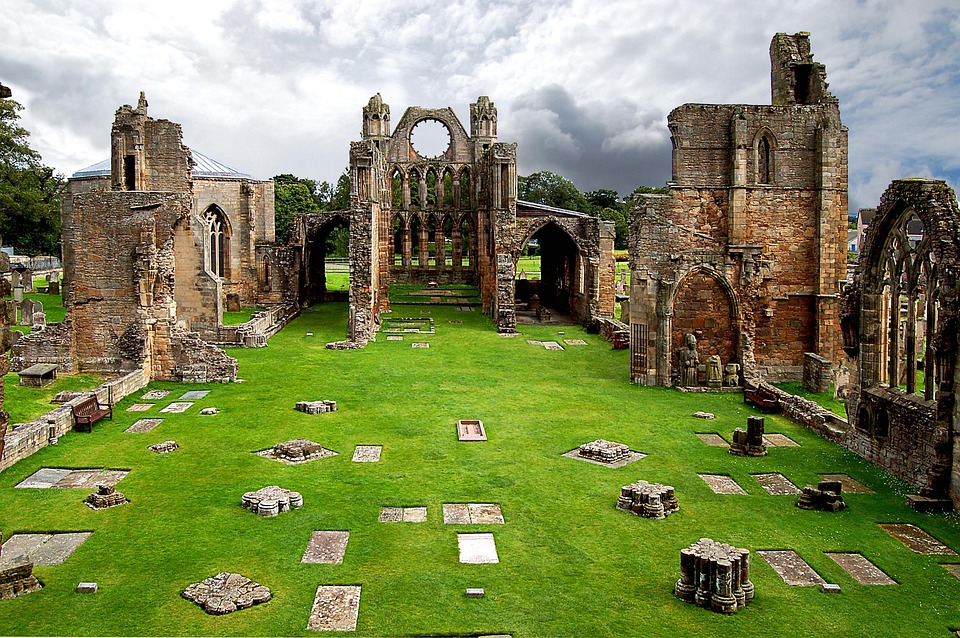
Prehistoric Scotland, before the arrival of the Roman Empire, was culturally divergent. Repeated glaciations, which covered the entire land mass of modern Scotland, destroyed any traces of human habitation that may have existed before the Mesolithic period. It is believed the first post-glacial groups of hunter-gatherers arrived in Scotland around 12,800 years ago, as the ice sheet retreated after the last glaciation.
Facts about Scotland: Geography and Natural History
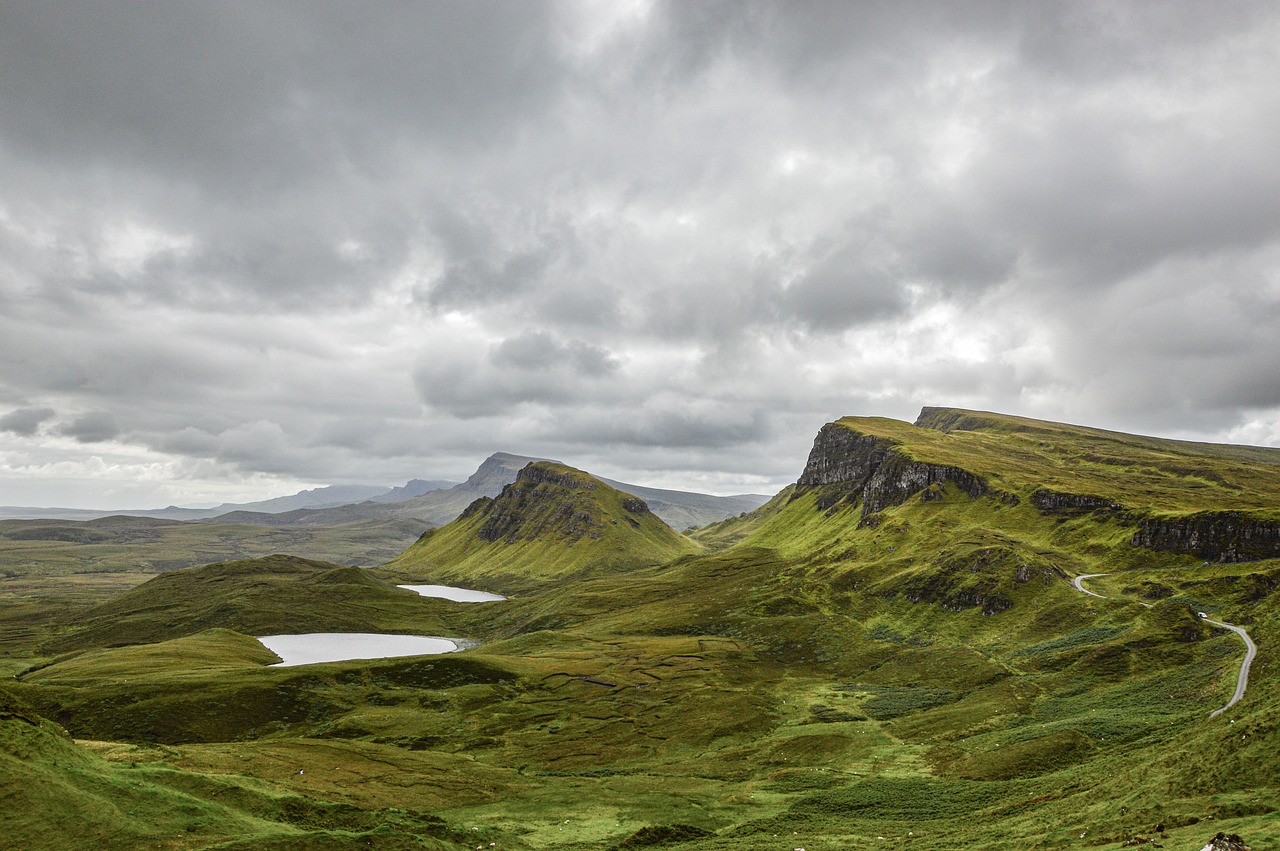
The mainland of Scotland comprises the northern third of the land mass of the island of Great Britain, which lies off the northwest coast of Continental Europe. The total area is 30,977 square miles (80,231 km2) with a land area of 30,078 square miles (77,901 km2), comparable to the size of the Czech Republic.
Scotland’s only land border is with England, and runs for 96 miles (154 km) between the basin of the River Tweed on the east coast and the Solway Firth in the west. The Atlantic Ocean borders the west coast and the North Sea is to the east. The island of Ireland lies only 13 miles (21 km) from the south-western peninsula of Kintyre; Norway is 190 miles (305 km) to the northeast and the Faroe Islands, 168 miles (270 km) to the north.
Facts about Scotland: Climate
The climate of most of Scotland is temperate and oceanic, and tends to be very changeable. As it is warmed by the Gulf Stream from the Atlantic, it has much milder winters (but cooler, wetter summers) than areas on similar latitudes, such as Labrador, southern Scandinavia, the Moscow region in Russia, and the Kamchatka Peninsula on the opposite side of Eurasia. The west of Scotland is usually warmer than the east, owing to the influence of Atlantic ocean currents and the colder surface temperatures of the North Sea.
Facts about Scotland: Wildlife

Scotland’s wildlife is typical of the north-west of Europe, although several of the larger mammals such as the lynx, brown bear, wolf, elk and walrus were hunted to extinction in historic times. There are important populations of seals and internationally significant nesting grounds for a variety of seabirds such as gannets.
Facts about Scotland: Government and Politics
Scotland is part of the United Kingdom, a constitutional monarchy whose current sovereign is Charles III. The monarchy uses a variety of styles, titles and other symbols specific to Scotland, most of which originated in the pre–union Kingdom of Scotland. These include the Royal Standard of Scotland, the royal coat of arms, and the title Duke of Rothesay, which is traditionally given to the heir apparent. There are also distinct Scottish Officers of State and Officers of the Crown, and the Order of the Thistle, a chivalric order, is specific to the country.
Facts about Scotland: Economy
Scotland has a Western-style open mixed economy closely linked with the rest of the UK and the wider world. Scotland is one of the leading financial centres in Europe, and is the largest financial centre in the United Kingdom outside of London. Edinburgh is the financial services centre of Scotland, with many large finance firms based there, including: Lloyds Banking Group, the Bank of Scotland, the Government-owned Royal Bank of Scotland and Standard Life.
Facts about Scotland: Culture and Society
Scottish music is a significant aspect of the nation’s culture, with both traditional and modern influences. A famous traditional Scottish instrument is the Great Highland bagpipe, a woodwind reed instrument consisting of three drones and a melody pipe (called the chanter), which are fed continuously by a reservoir of air in a bag.
Scotland has a literary heritage dating back to the early Middle Ages. The earliest extant literature composed in what is now Scotland was in Brythonic speech in the 6th century, but is preserved as part of Welsh literature.
As one of the Celtic nations, Scotland and Scottish culture are represented at inter-Celtic events at home and over the world. Scotland hosts several music festivals including Celtic Connections (Glasgow), and the Hebridean Celtic Festival (Stornoway).
Facts about Scotland: Education
The Scottish education system has always had a characteristic emphasis on a broad education. Education in Scotland is the responsibility of the Scottish Government and is overseen by its executive agency Education Scotland. There are fifteen Scottish universities, some of which are among the oldest in the world. The four universities founded before the end of the 16th century – the University of St Andrews, the University of Glasgow, the University of Aberdeen and the University of Edinburgh – are collectively known as the ancient universities of Scotland, all of which rank among the 200 best universities in the world in the THE rankings, with Edinburgh placing in the top 50.
Facts about Scotland: Health
Health care in Scotland is mainly provided by NHS Scotland, Scotland’s public health care system. This was founded by the National Health Service (Scotland) Act 1947 (later repealed by the National Health Service (Scotland) Act 1978) that took effect on 5 July 1948 to coincide with the launch of the NHS in England and Wales. Life expectancy for those born in Scotland between 2012 and 2014 is 77.1 years for males and 81.1 years for females. This is the lowest of any of the four countries of the UK.
Facts about Scotland: Urbanization
Although Edinburgh is the capital of Scotland, the largest city is Glasgow, which has just over 584,000 inhabitants. The Greater Glasgow conurbation, with a population of almost 1.2 million, is home to nearly a quarter of Scotland’s population. The Central Belt is where most of the main towns and cities of Scotland are located, including Glasgow, Edinburgh, Dundee, and Perth. Scotland’s only major city outside the Central Belt is Aberdeen. The Scottish Lowlands host 80% of the total population, where the Central Belt accounts for 3.5 million people.
Facts about Scotland: Languages
Scotland has three indigenous languages: English, Scots, and Scottish Gaelic. Scottish Standard English, a variety of English as spoken in Scotland, is at one end of a bipolar linguistic continuum, with broad Scots at the other. Highland English is spoken in that region, while Gaelic is mostly spoken in the Western Isles, where it continues to be used by a large proportion of residents.
Facts about Scotland: Religion
As per the 2022 Census, a majority of Scots (51.12%) reported not following any religion. The most practiced religion is Christianity (38.79%), mostly the Church of Scotland (20.36%) and Roman Catholicism (13.3%). Scotland also has a significant Roman Catholic population with 13.3% professing that faith, particularly in Greater Glasgow and the north-west. Other minority faiths include Islam (2.2%), Hinduism (0.55%), Sikhism and Buddhism. The Samyé Ling monastery near Eskdalemuir, which celebrated its 40th anniversary in 2007, is the oldest Buddhist monastery in Western Europe.
Facts about Scotland: Law and Order
Scots law has a basis derived from Roman law, combining features of both uncodified civil law, dating back to the Corpus Juris Civilis, and common law with medieval sources. The terms of the Treaty of Union with England in 1707 guaranteed the continued existence of a separate legal system in Scotland from that of England and Wales.
Facts about Scotland: Sports
Scotland hosts its own national sporting competitions and has independent representation at several international sporting events, including the FIFA World Cup, the UEFA Nations League, the UEFA European Championship, the Rugby Union World Cup, the Rugby League World Cup, the Cricket World Cup, the Netball World Cup and the Commonwealth Games.
Conclusion
Fun facts about Scotland are selected and analyzed detailedly in this blog serving as a comprehensive guide with various aspects, helping you have a better command of Scotland. If you want choose Scotland as your tourist spot or educational destination, you ought to read this blog carefully.
After you have decided to pay a visit to Scotland or go to Scotland for further education, accommodation is the first and foremost thing. uhomes.com is a platform providing affordable, reliable and comfortable student accommodation in Scotland.
FAQs
1: Castles. Stirling Castle, Glasgow.
2: Scottish Highlands. Loch Lomond.
3: Loch Ness Monster. Loch Ness.
4: Bagpipes. Bagpipes.
5: Whisky. Whisky.
6: The Royal Edinburgh Military Tattoo. The Royal Edinburgh Military Tattoo.
7: Scottish Wool. Scottish wool.
8: Haggis. Haggis.
Scotland’s recorded history begins with the arrival of the Romans around the 1st century, but the Kingdom of Scotland was not officially formed until the 9th century. There’s also evidence that Scotland has had people living in it since at least 12,000 BC.
Yer lookin’ a bit peely wally – Meaning you look pale or ill. That’s gee-in me the boak – A gross but classic Scottish expression one might use if something was making them feel sick! Gonny no dae that – Means please don’t do that! Haud yer weesht – Is a not super polite way of saying ‘be quiet’!
Scotland’s national dish is haggis, a savoury meat pudding, and it’s traditionally accompanied by mashed potatoes, turnips (known as ‘neeps’) and a whisky sauce. This brings us to the national drink – whisky.


